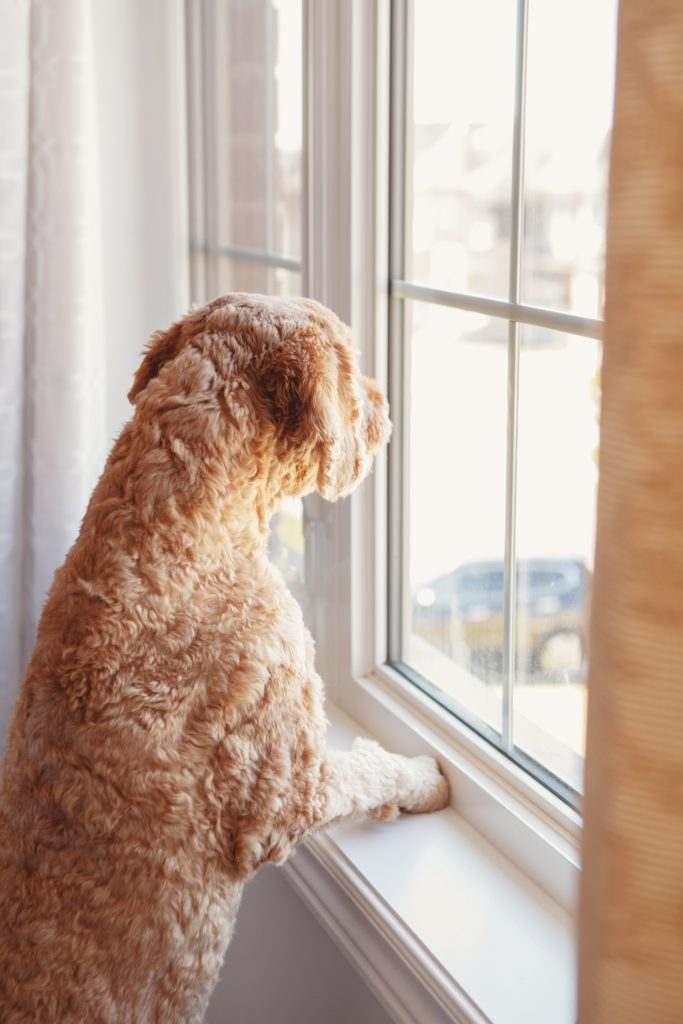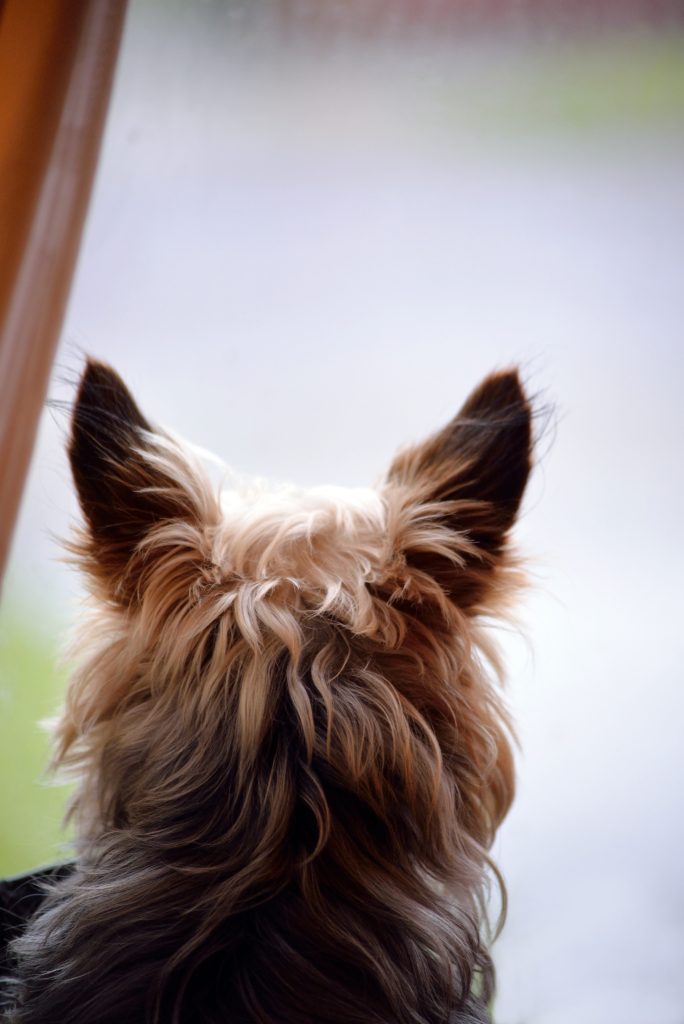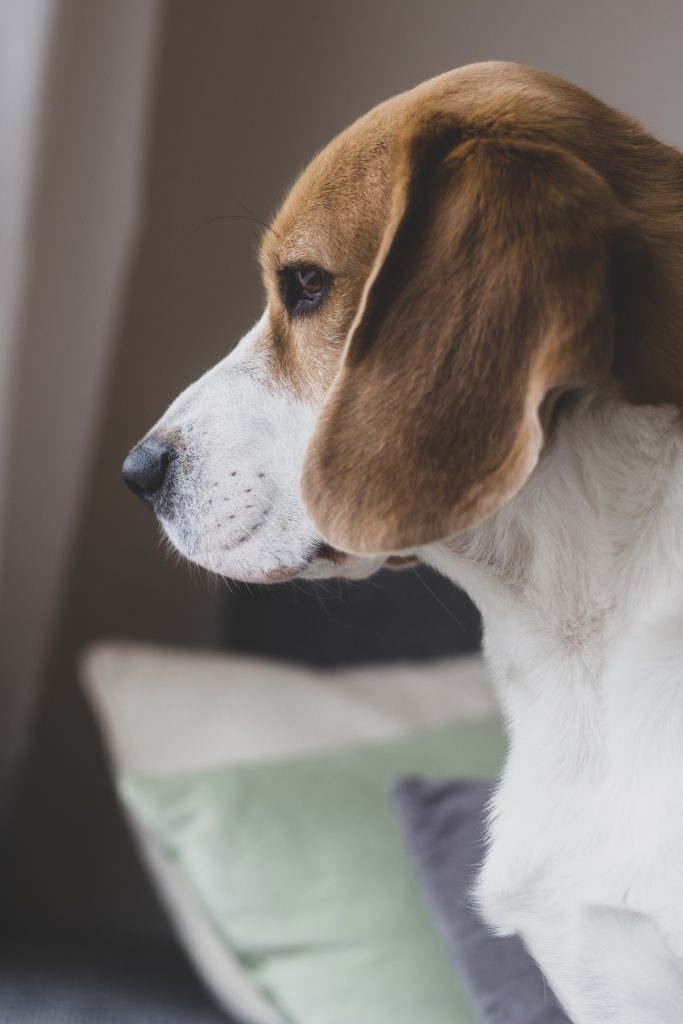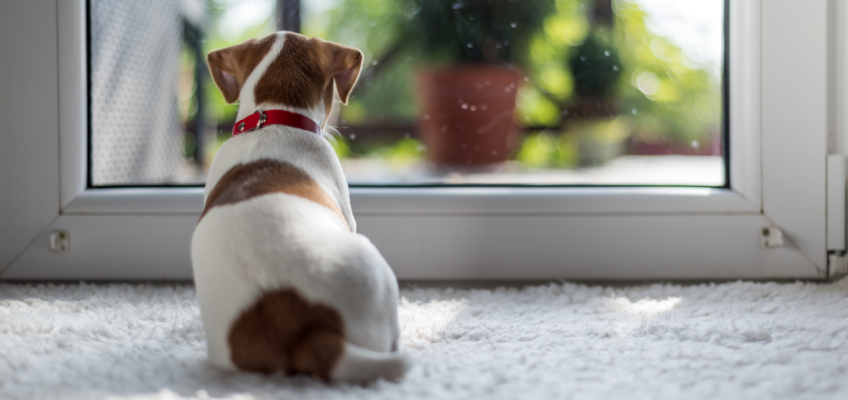Dealing with Separation Anxiety in Dogs
Dealing with Separation Anxiety in Dogs: Tips and Strategies for UK Dog Owners
Separation anxiety is a relatively common issue that many dog owners in the UK face. As much as we love our pets, the financial and time commitments of a busy lifestyle can lead to prolonged periods of being away from home, which can trigger anxiety in dogs.
In this blog post, we will explore effective strategies to help your canine friend deal with separation anxiety, discuss the most common mistakes dog owners make, and ultimately create a more relaxed atmosphere for both you and your dog.
What is Separation Anxiety in Dogs?
Separation anxiety occurs when dogs become overly attached to their owners and experience distress when left alone. This might manifest in various behaviours, such as whining, barking, destructive chewing, or even attempts to escape. Understanding your dog’s behaviour is crucial for addressing the issue effectively.
Understanding the Signs of Separation Anxiety in Dogs

Before diving into strategies, it’s essential to recognise the signs of separation anxiety. Keep an eye out for:
– Excessive Barking or Whining: If your dog is vocal when you leave, it could indicate anxiety.
– Destructive Behaviour: Chewing furniture, scratching doors, or digging can be signs of stress.
– Pacing or Restlessness: Dogs may walk in circles or appear unsettled when they sense you’re about to leave.
– Inappropriate Elimination: Accidents in the house, even for house-trained dogs, may signal separation anxiety.
Being vigilant about these behaviours will help you identify the problem earlier on.
The Biggest Mistakes Dog Owners Make
Now, let’s take a look at some common pitfalls that dog owners often fall into when dealing with separation anxiety:
1. Overindulging before Departure: Many owners pamper their dogs with excessive affection or treats right before leaving. This can create a dependence on these pre-departure rituals, making the departure even harder for the dog.
2. Ignoring the Problem: Some owners choose to overlook the signs, thinking their dog will eventually adjust. However, untreated anxiety can lead to further behavioural issues.
3. Punishing the Dog: This is perhaps the most detrimental mistake. Punishing a dog for behaviours associated with anxiety only exacerbates the stress and can damage the trust between you and your pet.
4. Inconsistent Routine: Dogs thrive on routine. Constantly changing your schedule or how you leave can increase anxiety levels.
5. Relying Solely on Crates: While crates can be beneficial, relying solely on them without proper training can lead to greater anxiety.
Strategies to Help Your Dog Cope
1. Gradual Desensitisation
One of the most effective methods for helping your dog adjust to being alone is gradual desensitisation. This involves:
– Starting Small: Leave your dog alone for a short period – just a few minutes at first. Gradually increase the time as your dog becomes more comfortable.
– Practice Departures: Go through the motions of leaving (putting on your shoes, grabbing your keys) without actually leaving. This helps devalue the “event” of your departure and makes it less stressful.
2. Create a Relaxed Environment
Make your home a serene space for your dog. Here are some ideas:
– Comfort Zone: Create a comfortable area with their bed, favourite toys, and maybe a piece of your clothing for added comfort.
– Calming Aids: Consider using calming pheromones or diffusers. These can help soothe your dog when you’re not around.

3. Keep Departures and Arrivals Low-Key
When you leave or return home, keep it low-key. Avoid making a big fuss when you depart or greet your dog. This helps set the expectation that separations and reunions are a normal part of daily life, not an emotionally charged event.
4. Engage in Mental Stimulation
Before you leave, provide your dog with plenty of mental stimulation. Interactive toys or puzzle feeders can keep them occupied and distracted during your absence.
5. Exercise, Exercise, Exercise!
Regular exercise is crucial for a happy, well-balanced dog. A long walk or play session before you leave can tire your dog out, making them more likely to relax while you’re gone.
6. Consider Professional Help
If your dog’s anxiety is severe, don’t hesitate to consult a professional. An accredited dog trainer or behaviourist can provide personalised strategies tailored to your dog’s specific needs.

7. Train the “Stay” Command
Teaching your dog the “stay” command can help them learn patience. Start by making your dog stay for short periods while you move away. Gradually increase the distance and duration as they get comfortable.
8. Use Interactive Cameras
Pet cameras can help you monitor your dog while you’re away. Some even allow you to interact with your dog, giving them a sense of presence that might alleviate their anxiety.
9. Consider Doggy Daycare
If feasible, enrolling your dog in a daycare a few times a week can help. It provides socialisation and a chance to expend energy, reducing anxiety while you’re away.
10. Medication as a Last Resort
In severe cases, you may want to consult your vet about medication to help ease your dog’s anxiety. This should be considered a last resort after trying other strategies and ideally used in conjunction with behavioural training.
Dealing with separation anxiety in dogs can be a challenging journey, but with patience and understanding, you can help your furry friend find comfort in being alone. By employing strategies like gradual desensitisation, creating a calming environment, and ensuring your dog receives plenty of exercise, you can turn a stressful situation into a manageable one.
Remember, every dog is unique, so it might take time to find what works best for your pup. Be consistent, remain calm, and seek professional help when needed. In the end, these efforts will not only ease your dog’s anxiety but also strengthen the bond you share, making your time together more enjoyable. So go on, grab that leash and let’s turn over a new leaf for your beloved canine companion!


